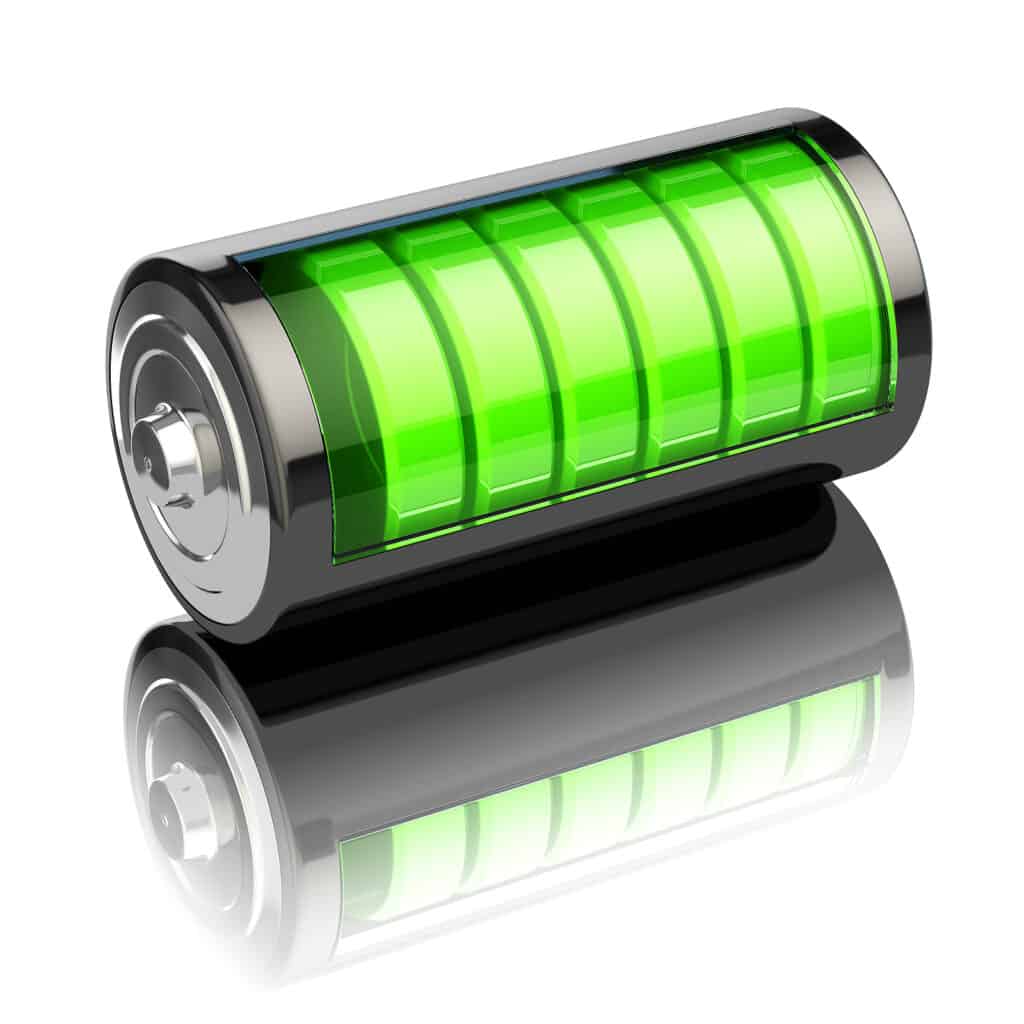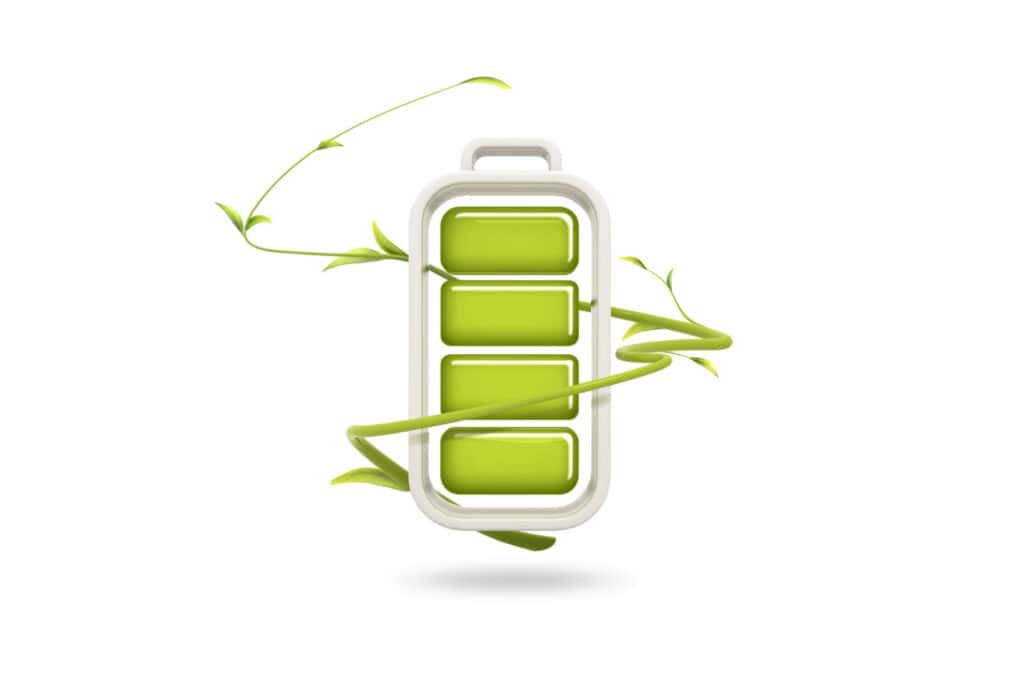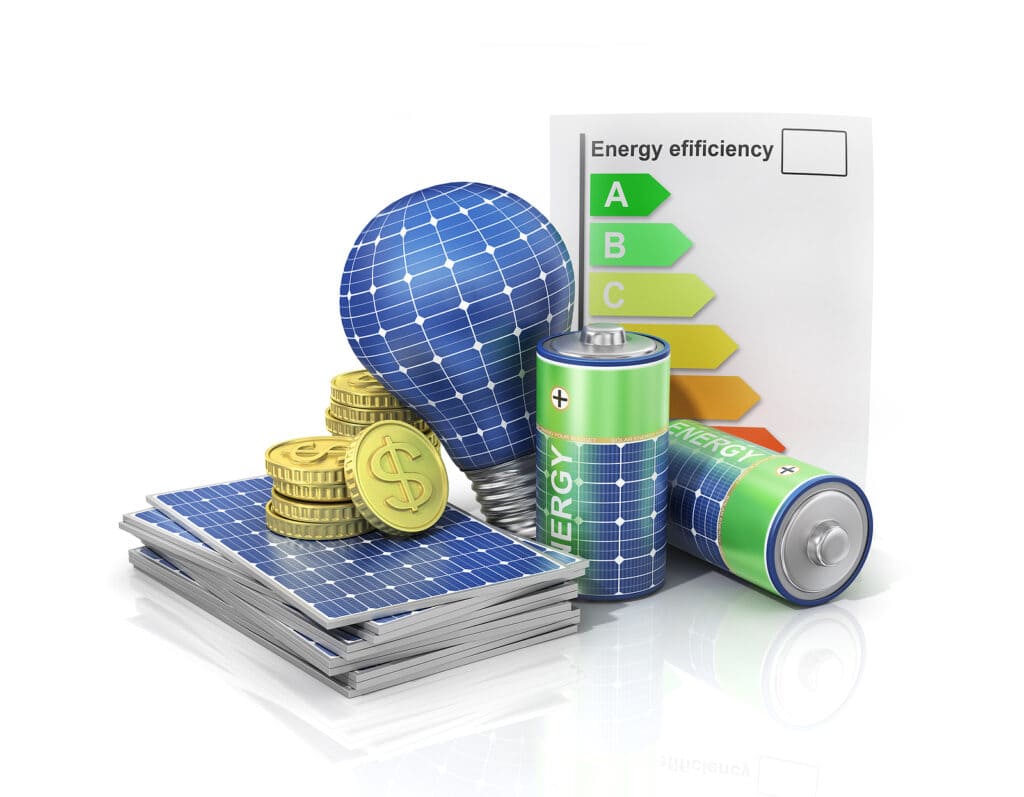In the world of portable electronics, electric vehicles, and renewable energy systems, the concept of what is efficiency of battery plays a pivotal role.
This comprehensive guide is designed to shed light on this critical aspect, providing insights into how battery energy efficiency impacts performance, longevity, and environmental sustainability.
We'll explore the factors that affect battery energy efficiency, methods to measure it, and strategies to improve it, ensuring you leave with a thorough understanding of the energy efficiency of a battery.
What is Efficiency of Battery
Before diving deep into the nuances, it's essential to grasp the basic definition of what is efficiency of battery.
In simple terms, battery efficiency refers to the ratio of energy outputted by the battery to the energy inputted during charging.
It's a measure of how effectively a battery can convert stored energy into usable power, affecting everything from the runtime of your smartphone to the range of electric vehicles.

The Importance of Battery Efficiency
Understanding the energy efficiency of a battery is crucial for several reasons. High-efficiency batteries offer longer usage times between charges, reduce energy waste, and can significantly lower the environmental impact by optimizing the use of generated power.
In sectors like renewable energy, where batteries store solar or wind energy, efficiency directly influences the viability and cost-effectiveness of these green technologies.
Factors Influencing Battery Efficiency
Several factors can affect the efficiency of battery charge, including:
- Chemical Composition: The type of materials used in batteries, like lithium-ion, nickel-metal hydride, or lead-acid, affects their efficiency profiles.
- Temperature: Extreme temperatures (both high and low) negatively impact battery efficiency due to changes in chemical reaction rates.
- Age and Usage: Batteries degrade over time, reducing their efficiency. The way a battery is used and charged also affects its aging process.
- Charge and Discharge Rates: Fast charging or discharging generates heat and leads to energy loss, thereby decreasing efficiency.
- State of Charge Management: Operating batteries within a mid-range state of charge is more efficient than fully charging or discharging them.
- Battery Design and Construction: The physical design, including electrode materials, separator thickness, and electrolyte composition, significantly impacts efficiency.
- Environmental Conditions: Factors like humidity and atmospheric pressure can degrade battery components, reducing efficiency.
- Cyclic Life: The number of complete charge and discharge cycles a battery can undergo before its capacity decreases affects its efficiency.

Measuring Battery Efficiency
Measuring what is efficiency of battery involves calculating the ratio of the energy delivered by the battery to the energy supplied to it during charging.
This is typically expressed as a percentage. The higher the percentage, the more efficient the battery.
Energy efficiency can be impacted by the charging strategy, discharge depth, and operational conditions.
Improving Battery Efficiency
To enhance what is efficiency of battery, manufacturers and users can adopt various strategies:
- Optimal Charging Practices: Using smart charging technology that adapts to the battery's condition can help maintain its efficiency.
- Thermal Management: Implementing systems to keep batteries within their ideal temperature range can significantly improve efficiency.
- Material Innovations: Ongoing research into new battery materials and chemistries aims to increase the inherent efficiency of batteries.
- Advanced Battery Management Systems (BMS): Utilizing sophisticated BMS can optimize charging and discharging processes, monitor battery health, and prevent overcharging or deep discharging.
- Electrode Optimization: Designing electrodes with higher conductivity and surface area can enhance the reaction rates, leading to better energy density and efficiency.
- Improved Separator Technology: Developing separators that offer lower resistance and better ion transport can reduce energy losses, improving overall battery efficiency.
- Regenerative Braking Systems: In electric vehicles, using regenerative braking systems that capture energy during braking and store it in the battery can improve the efficiency of the energy use cycle.

Understanding Battery Discharge Efficiency
Battery discharge efficiency is a critical parameter in the overall performance and sustainability of battery technologies.
Battery discharge efficiency is crucial for applications like electric vehicles, electronics, and renewable energy storage. It measures how effectively a battery can convert its stored energy into electrical energy during use.
To optimize battery charge discharge efficiency, it's essential to consider the factors that can influence it:
- Temperature Regulation: Maintaining an optimal temperature range is vital for maximizing battery charge discharge efficiency.
- Advanced Electrode Materials: The development and use of advanced electrode materials can enhance the electrochemical processes, leading to improved battery discharge efficiency.
- Electrolyte Optimization: The electrolyte plays a crucial role in the conduction of ions between electrodes during discharge.
- Charge and Discharge Management: Smart management of charging and discharging cycles can prevent conditions that degrade battery discharge efficiency.

Role of Battery Management Systems (BMS) in Enhancing Battery Efficiency
Battery Management Systems (BMS) play a pivotal role in optimizing what is efficiency of battery across various applications, from small-scale electronics to large energy storage solutions and electric vehicles.
These sophisticated systems are designed to ensure the safe operation, reliability, and longevity of batteries by meticulously monitoring and managing their performance.
- Monitoring and Diagnostics
A BMS monitors battery health by tracking voltage, current, temperature, and SoC. Real-time data is crucial for early issue detection and efficiency maintenance.
- Environmental Control
Temperature management is vital for battery health. A BMS regulates battery temperature to optimize efficiency and lifespan by preventing overheating or excessive cooling.
- Charge and Discharge Management
The BMS improves battery efficiency by optimizing charging and discharging processes. It prevents overcharging and deep discharges, maximizing energy storage capacity and prolonging battery life.
- Balancing and Protection
A BMS helps balance battery cells, ensuring uniform performance and efficiency. It also protects against potential harm like short circuits and overcurrent, safeguarding both the battery and the device.
- Enhancing Sustainability
A BMS plays a crucial role in improving battery lifespan and efficiency, thereby supporting sustainable battery-powered systems by minimizing replacements and lowering energy consumption for reduced environmental impact.
Sustainability and Environmental Impact
Improving The Efficiency of Batteries is not just a technical challenge; it's also an environmental imperative.
More efficient batteries mean less energy waste, reduced demand for power, and a decrease in the carbon footprint associated with energy production.
As such, enhancing battery efficiency is a key step towards sustainable development and combating climate change.

Exploring Battery Cycle Efficiency and Battery Pack Efficiency
In the realm of battery technology, understanding and optimizing both battery cycle efficiency and battery pack efficiency is crucial for maximizing energy storage and utilization across a wide range of applications. These two concepts, while related, focus on different aspects of battery performance and efficiency.
Battery Cycle Efficiency: Maximizing Usable Energy
Battery cycle efficiency is crucial for evaluating a battery's ability to store and supply energy effectively.
High efficiency means less energy loss during charging and discharging, reducing operational costs and increasing energy efficiency.
Strategies to improve efficiency include optimizing charging, using advanced materials, and employing management systems.
Battery Pack Efficiency: Ensuring System-Wide Optimization
Battery pack efficiency is essential for maximizing performance by considering the efficiency of the entire battery assembly, including cells, connections, wiring, and management systems.
Design, compatible cell selection, minimizing resistive losses, and effective thermal management are key factors in enhancing efficiency.

Frequently Asked Questions (FAQs)
How Efficient Are Batteries?
The efficiency of batteries can vary widely depending on the type, design, and usage conditions. Generally, lithium-ion batteries, which are commonly used in portable electronics and electric vehicles, have a high efficiency, often around 90-95%. This means that 90-95% of the electrical energy stored during charging can be retrieved during discharge. However, efficiency can be influenced by factors such as temperature, charging practices, and the battery's age. Advanced technologies and proper management are continuously improving the efficiency rates of batteries.
What Is Battery Efficiency Definition?
Battery efficiency definition is defined as the ratio of the output energy delivered by the battery to the input energy used to charge the battery. It is a measure of how effectively a battery can convert stored chemical energy into electrical energy and vice versa.
Can Battery Efficiency Be Improved Over Time?
Improvements in battery efficiency over time are typically achieved through technological advancements and proper battery care. Innovations in battery materials, design, and charging technologies can lead to higher initial efficiencies and slower degradation rates. Additionally, adhering to optimal charging practices and environmental conditions can help maintain a battery's efficiency for a longer period. However, all batteries will experience some degree of efficiency loss as they age.
What Affects the Efficiency of a Battery Pack?
The efficiency of a battery pack is affected by the individual efficiency of each cell within the pack, the design and layout of the pack, and the efficiency of the interconnecting components and BMS. Factors such as mismatched cells, resistive losses in connections, and suboptimal thermal management can reduce the overall efficiency of the battery pack. Designing a battery pack with compatible cells and minimizing energy loss through efficient management and layout can significantly enhance its efficiency.
How Do Temperature Extremes Affect Battery Efficiency?
Temperature extremes, both high and low, can adversely affect battery efficiency. At high temperatures, batteries may experience accelerated chemical reactions that can lead to increased self-discharge rates and potential damage from overheating. At low temperatures, the internal resistance of the battery can increase, making it harder to charge and discharge efficiently. Maintaining a battery within its recommended temperature range is crucial for optimizing its efficiency and lifespan.
What Role Does a Battery Management System (BMS) Play in Efficiency Battery?
A Battery Management System (BMS) is essential for maximizing battery efficiency by monitoring key operational conditions like state of charge, temperature, and voltage levels. It prevents overcharging, deep discharging, and extreme temperatures to enhance performance and prolong battery life. Additionally, a BMS balances charge among cells in a pack, optimizing efficiency and usable energy output.
How Does the Charge and Discharge Rate Affect Efficiency Battery?
The rate of charging and discharging affects battery efficiency. Too fast can lead to heat, wasting energy, and damaging the battery. Batteries have an optimal C-rate for efficient energy transfer. Operating at this rate enhances efficiency and extends battery life.
What is Energy Efficiency of Battery Conclusion
The question what is energy efficiency of battery central to the ongoing evolution of technology and sustainability.
By understanding the factors that influence battery efficiency, adopting strategies to improve it, and keeping an eye on future innovations, we can maximize the potential of our devices, vehicles, and renewable energy systems.
As we move forward, the importance of battery efficiency will only grow, highlighting the need for continued research, development, and innovation in this critical field.

